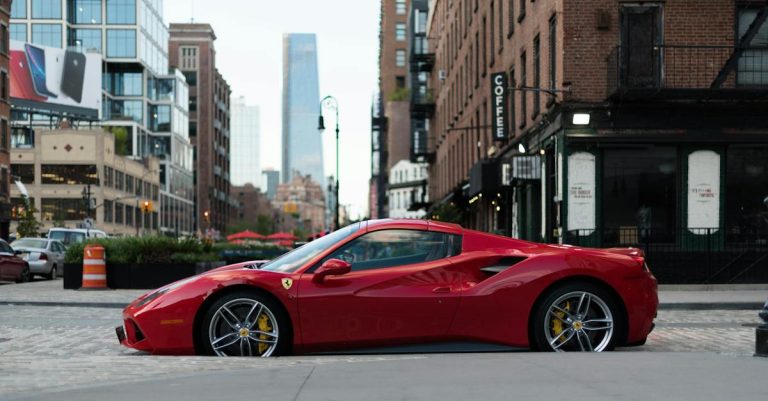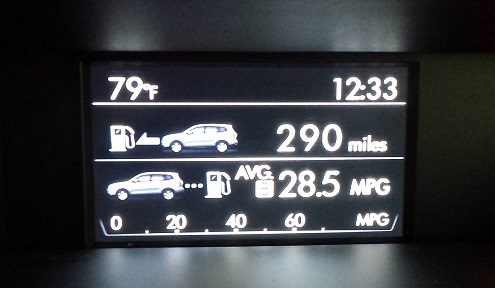What Is A Carolina Squat Truck?
The Carolina Squat is a distinctive automotive trend where a truck or SUV is modified to have a higher front end and a lower rear end. Originating from the car culture in the Carolinas, this style has gained popularity and controversy alike. Today we will find out what a Carolina Squat truck is, exploring its characteristics, the reasons behind its modifications, and the legal implications and safety concerns associated with this unique vehicle setup.
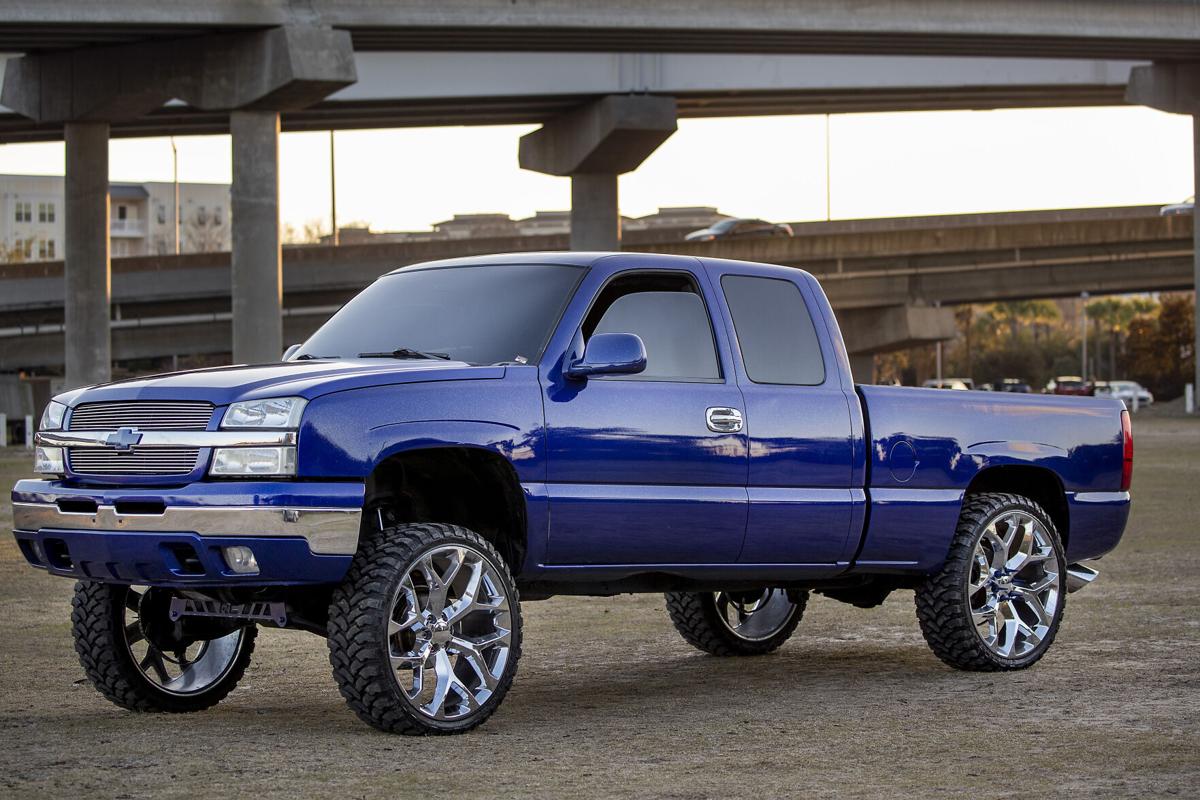
What Is A Carolina Squat Truck?
A Carolina Squat truck, also known colloquially as the “Carolina lean” or “Cali lean,” refers to a specific style of vehicle modification popular among some truck enthusiasts, primarily in the Southern United States. This modification involves altering a truck’s suspension system to make the front end significantly higher than the rear, creating a noticeably slanted or “squatted” appearance.
Characteristics of the Carolina Squat
The key characteristic of a Carolina Squat truck is its distinctive raked stance:
- Raised Front End: The front of the truck is lifted, often by several inches to a foot or more, using aftermarket suspension components such as lift kits.
- Lowered Rear End: Conversely, the rear is either left at its standard height or is slightly lowered. This contrast between the front and rear elevations gives the truck its namesake squat.
Reasons for the Modification
The reasons behind this modification vary among owners, but typically include:
- Aesthetic Appeal: Many adopters of this style believe it gives the vehicle a more aggressive and unique look.
- Culture and Identity: Like many car modifications, the Carolina Squat has become a part of a subculture within the truck community, symbolizing a form of identity and belonging.
- Performance Beliefs: Some proponents claim that this setup can enhance visibility and improve the truck’s performance in certain driving conditions, though these benefits are widely debated.
Where Did Squatted Trucks Originate?
The squatted truck look, though often called the Carolina Squat, actually originated in California, not the Carolinas. It’s sometimes referred to as the “California Lean” or “Cali Lean” for this reason.
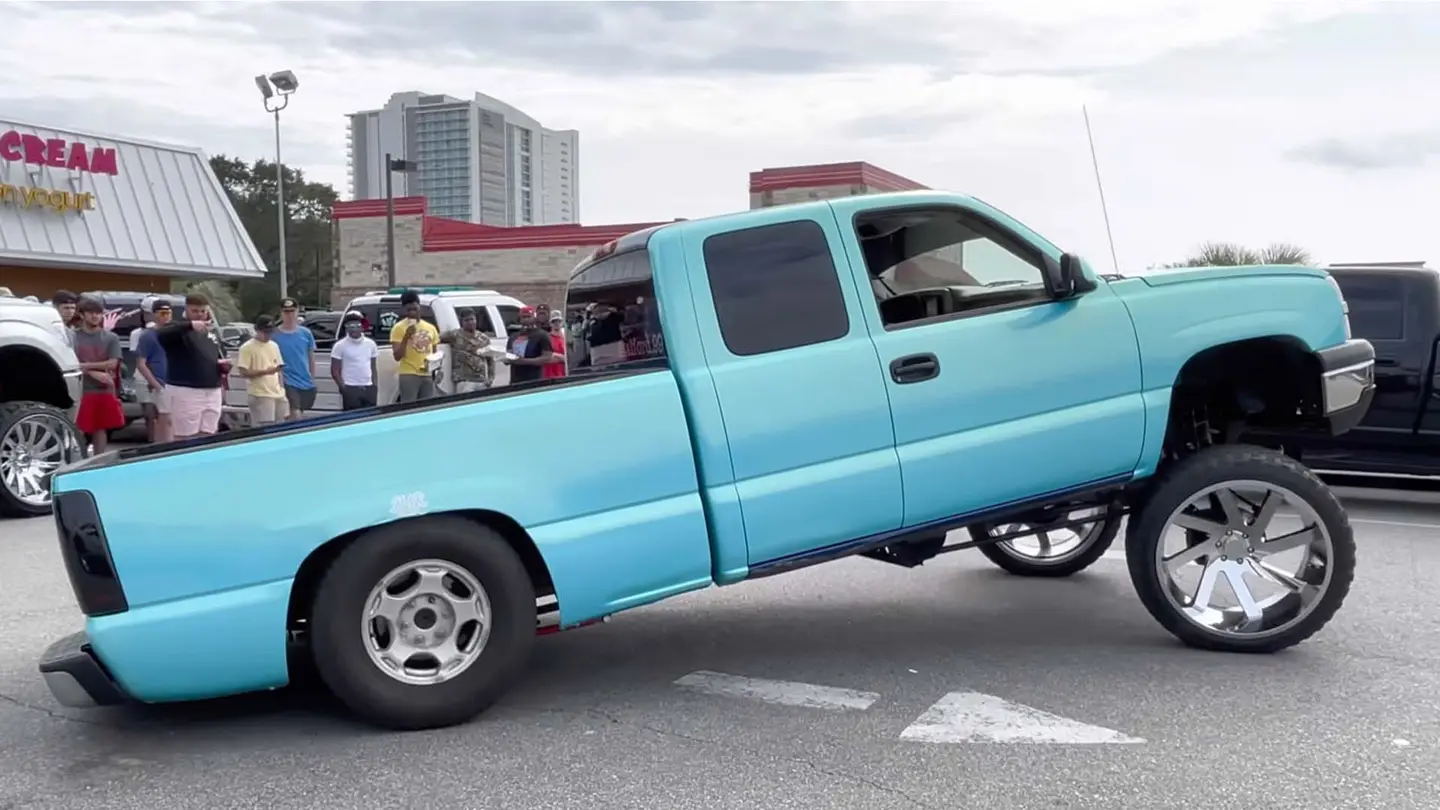
Here’s the breakdown of its origin story:
- Inspired by Baja racing trucks: In California, off-road racing trucks competing in Baja races often have a lifted front for better handling on rough terrain. This functional modification is believed to be the inspiration for the squatted truck look.
- Picked up by lowrider enthusiasts: Los Angeles lowrider culture in the 1990s played a role in adapting the look. They wanted a more extreme look for their cars, achieved by lowering them significantly while raising the front for a tilted stance.
Over time, this style spread eastward across the US and became known as the Carolina Squat, despite its Californian roots.
Online Petition To Ban The Carolina Squat
While there have been efforts to ban the Carolina Squat through legislation, there aren’t currently any active online petitions calling for a nationwide ban.
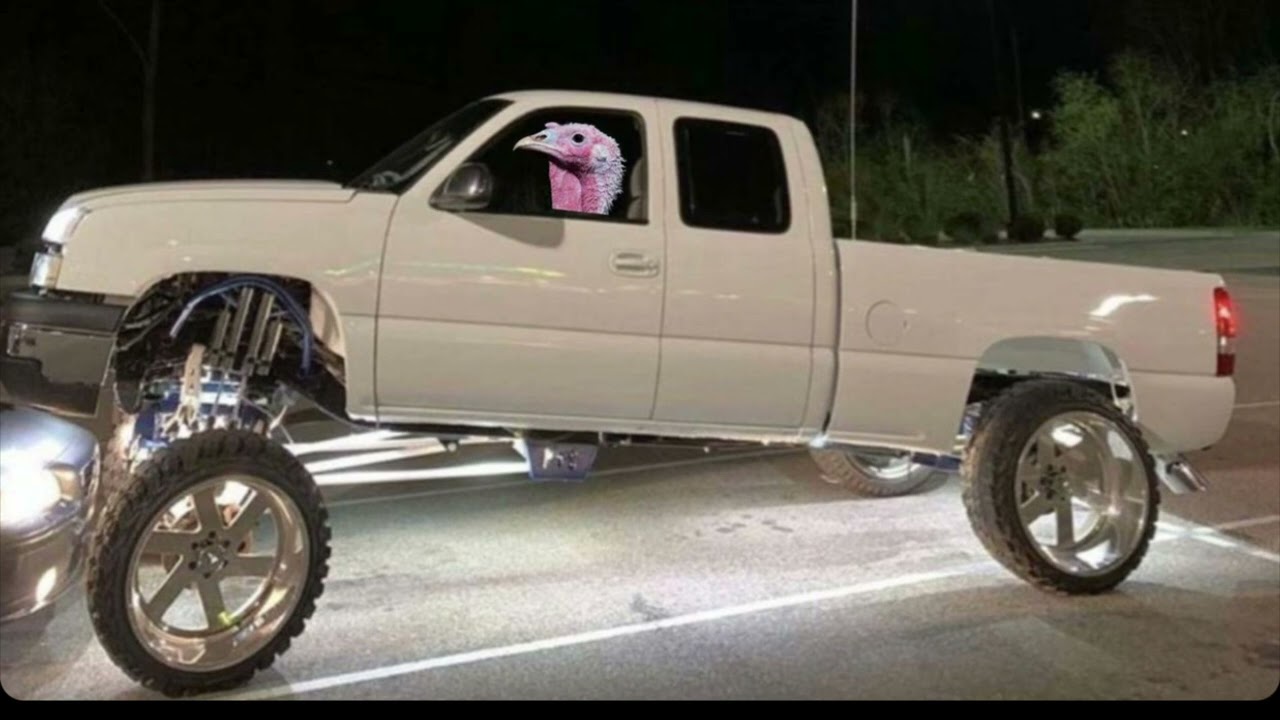
Here’s some information about the Carolina Squat and efforts to regulate it:
Safety Concerns: The Carolina Squat raises safety concerns due to:
- Limited headlight visibility for oncoming traffic.
- Altered weight distribution affecting handling and braking.
- Increased risk of scraping the undercarriage.
State-Level Bans: Due to these safety concerns, some states have passed legislation banning the Carolina Squat. These include North Carolina, South Carolina, and Virginia.
Petitions against Legislation: Interestingly, when these state-level bans were proposed, there were counter-petitions from enthusiasts arguing against the regulations.
So, while there isn’t a current nationwide petition to ban the Carolina Squat, there have been efforts to regulate it on a state-by-state basis, with mixed reactions.
Potential Dangers Associated With The Carolina Squat
While the Carolina Squat may enhance your vehicle’s street appeal, it significantly raises potential hazards for both passengers and pedestrians. Among the chief dangers:
- Impaired Visibility: A raised front end lowers outward sightlines, escalating the chances of collisions with lower obstacles or unsuspecting pedestrians. An example includes an accident where a squatted truck rear-ended another vehicle due to poor visibility.
- Raised Bumper Risk: The elevated bumper may not connect with standard-height bumpers during a collision, increasing harm to others and damage to vehicles.
- Ineffective Headlights: The jacked-up position misdirects the truck’s headlights towards the sky, immensely reducing their functionality, and severely limits the visibility of other drivers.
- Compromised Handling: Positioned in the Carolina Squat stance, a truck’s handling capabilities are considerably impacted, posing additional risks for drivers and passengers.
- Drivability Issues: Drastic suspension modifications and improper alignments cause squatted trucks to be exceptionally dangerous to drive, especially at highway speeds.
Are Squatted Vehicles Illegal In The US?
Squatting vehicles aren’t illegal everywhere in the US, but the legality depends on the state. Here’s a breakdown:
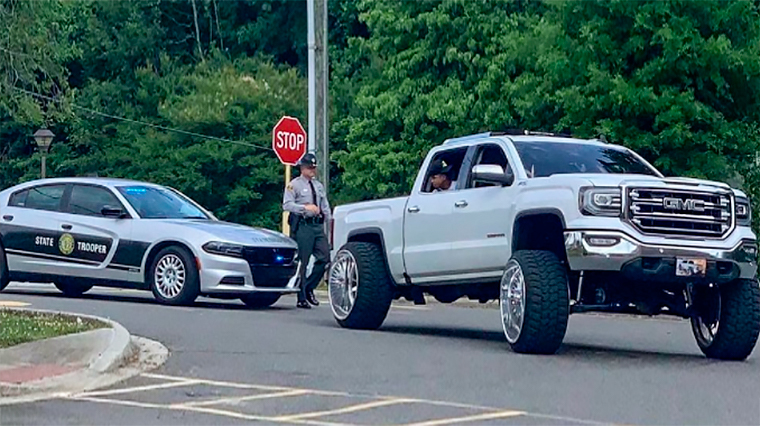
Banned in some states: The Carolina Squat, specifically where the front end is lifted significantly higher than the rear, is currently banned in:
- North Carolina
- South Carolina
- Virginia
These states implemented bans due to safety concerns related to limited headlight visibility and handling issues caused by the altered weight distribution.
-
Legal in most states: In the majority of US states, there are currently no specific laws against squatted vehicles. However, general vehicle equipment regulations might still apply. These regulations could potentially target aspects of a squatted car that don’t meet safety standards.
-
Potential future bans: There have been efforts to introduce legislation banning squatted vehicles in other states like Alabama. Whether these efforts gain traction remains to be seen.
Frequently Asked Questions
What is the Carolina Squat trend?
The Carolina Squat is a car modification trend originating from the California Lean. It rose to popularity on social media and involves elevating the front of a vehicle higher than the rear, creating a “squatting” appearance.
What are the safety concerns with the Carolina Squat?
The primary concerns are impaired visibility and handling issues due to the uneven elevation of the vehicle. This could lead to accidents, as drivers may struggle to perceive distances and the direction of their turns correctly.
Is the Carolina Squat trend legal?
In some states, such as North Carolina and Virginia, regulations have been implemented to limit the degree of front-end elevation. However, in other states like Florida, the Carolina Squat remains legal. Laws vary by state, so it’s crucial to check local regulations.
What legal actions have been taken against squatted vehicles?
North Carolina and Virginia have implemented laws that ban or restrict the Carolina Squat due to safety risks. South Carolina is also considering banning squat trucks. Most of these regulations aim to limit the height difference between the vehicle’s front and rear.
Are there financial implications for owners of squatted vehicles?
Yes, owners of squatted vehicles may face financial implications. The modifications required for the Carolina Squat could potentially increase the cost of vehicle maintenance. Furthermore, potential fines and penalties can be incurred due to non-compliance with state laws.

Hi! I’m Larry Gibbs, studying mechanical engineering with a focus on cars. I really love Ferraris and write blog posts about the latest car stuff. When not studying or blogging, I’m usually on a road trip exploring new places. I also enjoy playing football and watching movies. Life’s an adventure, and I’m all about enjoying the ride!




